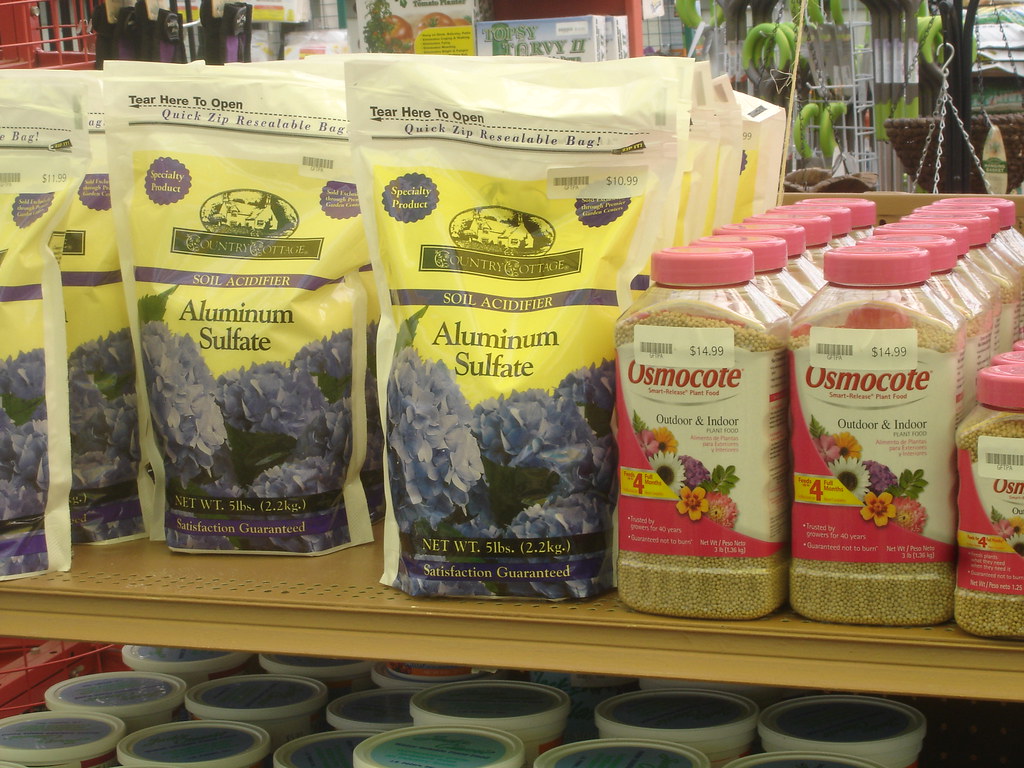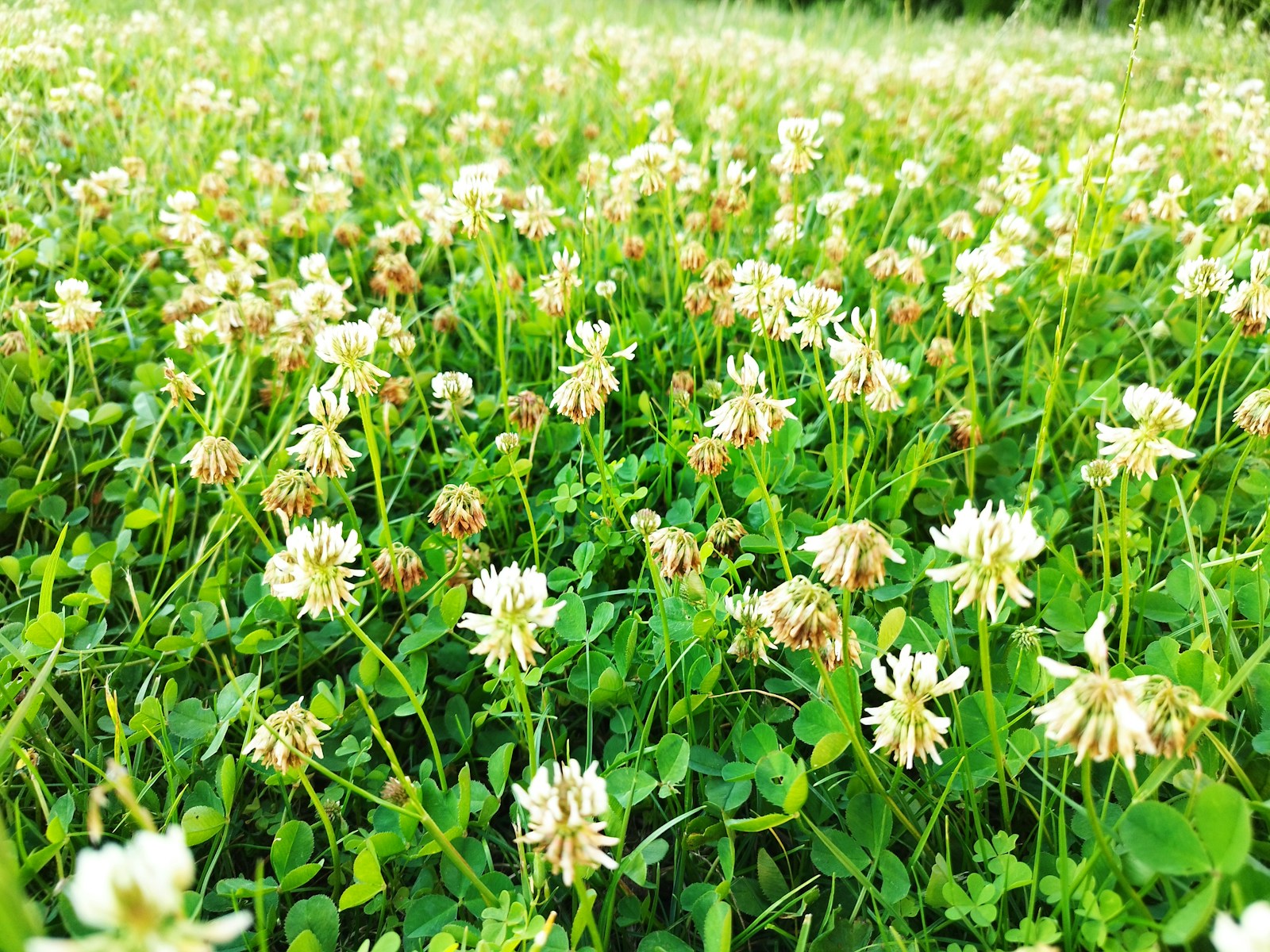When it comes to nurturing healthy, vibrant plants in nurseries, choosing the right fertilizer is crucial. Slow-release fertilizers have become a game-changer for plant nurseries, offering consistent nutrient delivery, reduced labor, and minimized environmental impact. But with so many options on the market, how do you determine the best slow-release fertilizer for plant nurseries? In this article, we’ll dive deep into the top choices, their benefits, application methods, and sustainability considerations. Whether you’re a nursery owner in sunny California or a hobbyist in bustling New York, this guide will help you make informed decisions for your green space.
Why Slow-Release Fertilizers Are a Nursery Essential
Slow-release fertilizers are designed to gradually release nutrients over an extended period, ensuring plants receive a steady supply of essential elements like nitrogen (N), phosphorus (P), and potassium (K). Unlike quick-release fertilizers, which can cause nutrient leaching and burn plants, slow-release options are safer and more efficient.
According to the University of Maryland Extension, slow-release fertilizers are particularly beneficial for nurseries because they:
- Reduce labor costs: Fewer applications are needed, saving time and money.
- Promote healthier plants: Consistent nutrient availability supports robust growth and reduces the risk of nutrient deficiencies.
- Minimize environmental impact: By releasing nutrients slowly, these fertilizers reduce runoff and leaching, which can harm local waterways and ecosystems.
For example, a study by the USDA Agricultural Research Service found that slow-release fertilizers can reduce nitrogen runoff by up to 50% compared to traditional fertilizers. This makes them an excellent choice for nurseries aiming to adopt more sustainable practices.
Top 5 Slow-Release Fertilizers for Nurseries
After extensive research and consultation with experts from the University of Florida’s Institute of Food and Agricultural Sciences (UF/IFAS) and the USDA, here are the top five slow-release fertilizers for nurseries:
1. Osmocote Smart-Release Plant Food
- Key Features: Balanced NPK ratio (e.g., 14-14-14), works for up to 6 months, suitable for a wide range of plants.
- Best For: General nursery use, including ornamentals, shrubs, and container plants.
- Pros: Easy to apply, reliable results, trusted by professionals.
- Cons: Slightly higher cost compared to other options.
Why It Stands Out: Osmocote uses a patented resin coating that controls nutrient release based on soil temperature and moisture. This ensures that plants receive nutrients precisely when they need them.
2. Florikote Slow-Release Fertilizer
- Key Features: Encapsulated granules, customizable nutrient blends, long-lasting effects (up to 9 months).
- Best For: Specialty nurseries focusing on high-value crops like orchids or bonsai.
- Pros: Tailored formulations, excellent nutrient retention.
- Cons: Requires professional knowledge for optimal use.
Why It Stands Out: Florikote’s customizable blends allow nurseries to address specific nutrient deficiencies, making it a versatile choice for diverse plant inventories.
3. Milorganite Organic Nitrogen Fertilizer
- Key Features: Organic, eco-friendly, made from recycled microbes, contains iron for greening.
- Best For: Nurseries prioritizing sustainability and soil health.
- Pros: Safe for all plants, improves soil structure, promotes microbial activity.
- Cons: Slower initial results compared to synthetic options.
Why It Stands Out: Milorganite is certified by the Organic Materials Review Institute (OMRI), making it a trusted choice for organic nurseries.
4. Nutricote Total Controlled-Release Fertilizer
- Key Features: Temperature-dependent release, lasts up to 12 months.
- Best For: Nurseries in regions with fluctuating temperatures, like Texas or Arizona.
- Pros: Highly efficient, reduces waste, suitable for long-term crops.
- Cons: Expensive upfront cost.
Why It Stands Out: Nutricote’s advanced coating technology ensures consistent nutrient delivery, even in extreme climates.
5. Polyon Coated Fertilizer
- Key Features: Polymer-coated granules, precise nutrient delivery, customizable release rates.
- Best For: Large-scale nurseries with diverse plant inventories.
- Pros: Consistent performance, minimal environmental impact.
- Cons: Requires specialized equipment for application.
Why It Stands Out: Polyon’s polymer coating is designed to withstand harsh conditions, making it ideal for nurseries in challenging environments.
How to Apply Slow-Release Fertilizers: A Step-by-Step Guide
Applying slow-release fertilizers correctly is key to maximizing their benefits. Here’s a detailed guide to help you get started:
- Test Your Soil: Use a soil test kit or send a sample to your local Cooperative Extension Service to determine nutrient deficiencies and pH levels.
- Choose the Right Product: Match the fertilizer to your plants’ needs and local climate. For example, Nutricote is ideal for hot climates, while Milorganite works well in organic settings.
- Calculate the Correct Amount: Follow the manufacturer’s guidelines to avoid over-application. Over-fertilizing can lead to nutrient imbalances and environmental harm.
- Apply Evenly: Spread granules uniformly around the root zone. For container plants, mix the fertilizer into the potting soil.
- Water Thoroughly: Activate the fertilizer by watering the soil. This helps the coating begin releasing nutrients.
- Monitor Progress: Check plant health regularly and adjust as needed. Look for signs of nutrient deficiencies, such as yellowing leaves or stunted growth.
Environmental Impact and Sustainability
Slow-release fertilizers are inherently more sustainable than their quick-release counterparts. According to the Environmental Protection Agency (EPA), they reduce nutrient runoff, which can harm aquatic ecosystems and contribute to algal blooms.
Additionally, organic options like Milorganite contribute to soil health by promoting microbial activity and improving soil structure. A study published in the Journal of Environmental Quality found that slow-release fertilizers can reduce nitrogen leaching by up to 70%, making them a more eco-friendly choice.
However, it’s essential to use these products responsibly. Over-application can still lead to environmental issues, so always follow recommended guidelines and conduct regular soil tests.
Common Mistakes and How to Avoid Them
Even with the best slow-release fertilizers, mistakes can happen. Here are some common pitfalls and how to avoid them:
- Over-Fertilizing: More isn’t always better. Stick to recommended doses to prevent nutrient burn and environmental harm.
- Ignoring Soil Tests: Without knowing your soil’s needs, you risk nutrient imbalances. Regular testing ensures you’re providing the right nutrients in the right amounts.
- Using the Wrong Product: Not all fertilizers are suitable for every plant type. For example, acid-loving plants like azaleas require specialized formulations.
- Poor Timing: Apply fertilizers at the start of the growing season for best results. Late applications can lead to excessive growth that’s vulnerable to frost damage.
Real-Life Success Stories
Case Study: A Nursery in Oregon
A nursery in Portland switched from quick-release to Osmocote Smart-Release Fertilizer and saw a 20% increase in plant health and a 30% reduction in labor costs within six months. The nursery owner reported that the consistent nutrient delivery resulted in more vibrant blooms and healthier root systems.
Case Study: A Hobbyist in Florida
A Florida gardener used Milorganite on her citrus trees and reported healthier foliage and more abundant fruit yields after just one season. She also noted improved soil texture and reduced watering needs, thanks to the fertilizer’s organic composition.
Final Thoughts
Choosing the best slow-release fertilizer for plant nurseries depends on your specific needs, plant types, and environmental considerations. Products like Osmocote, Florikote, and Milorganite offer excellent options for nurseries of all sizes. By following proper application techniques and avoiding common mistakes, you can ensure your plants thrive while minimizing environmental impact.
Whether you’re managing a large-scale nursery in Texas or tending to a small garden in New York, slow-release fertilizers can help you achieve healthier, more sustainable growth.



